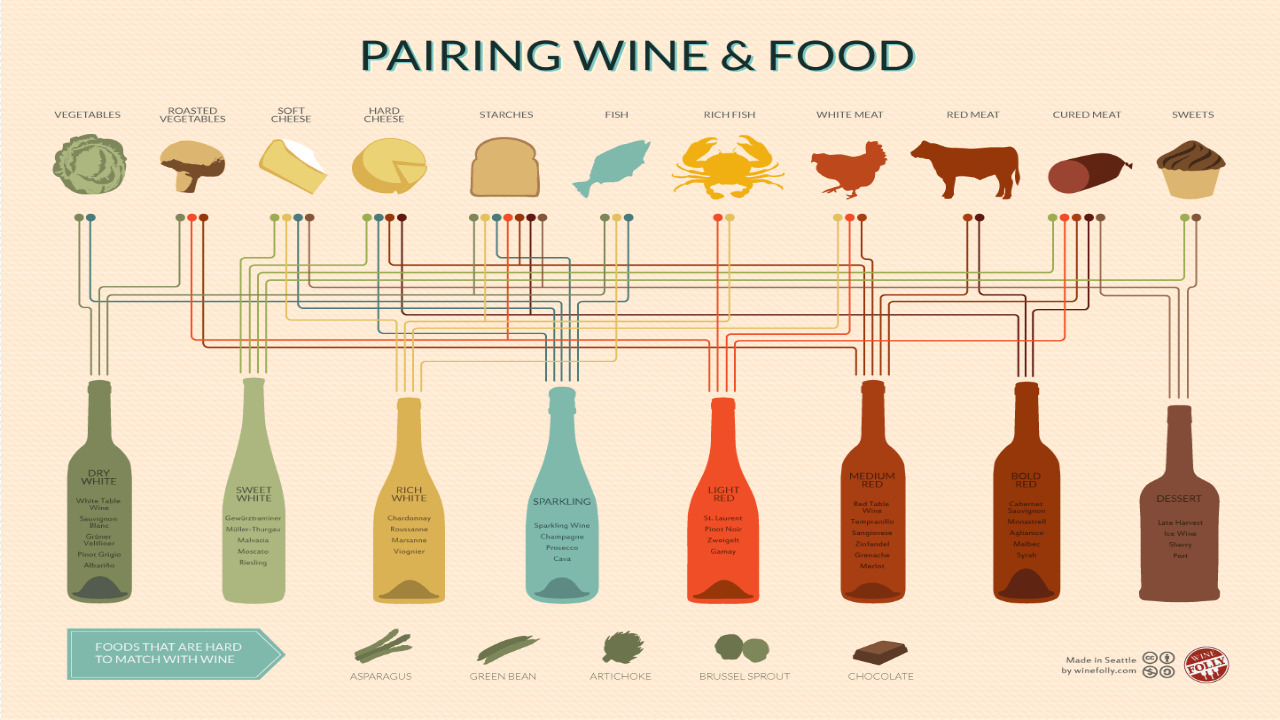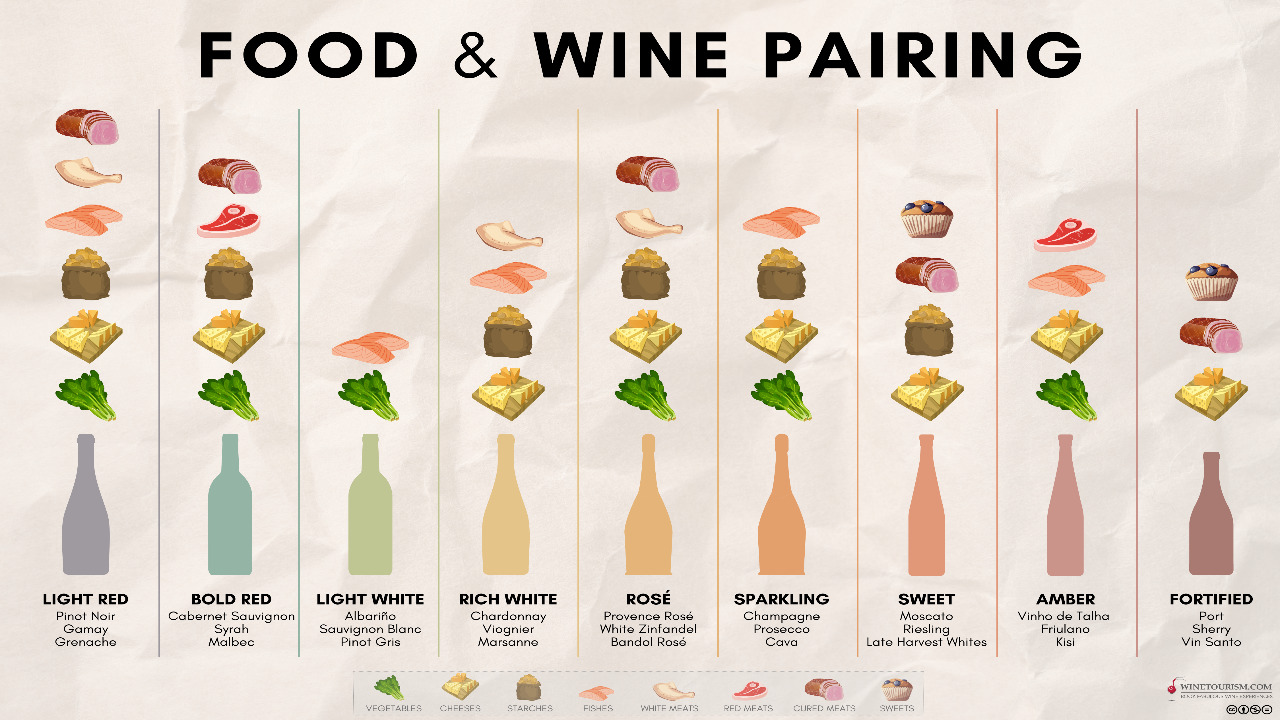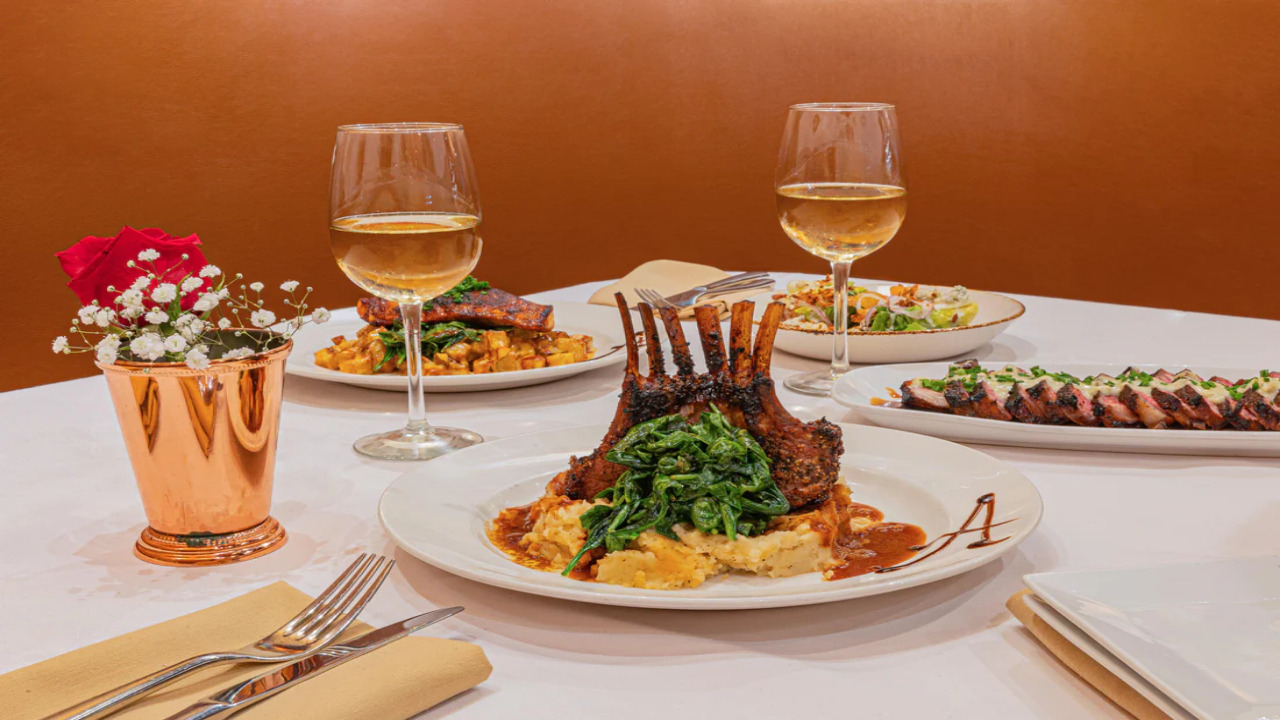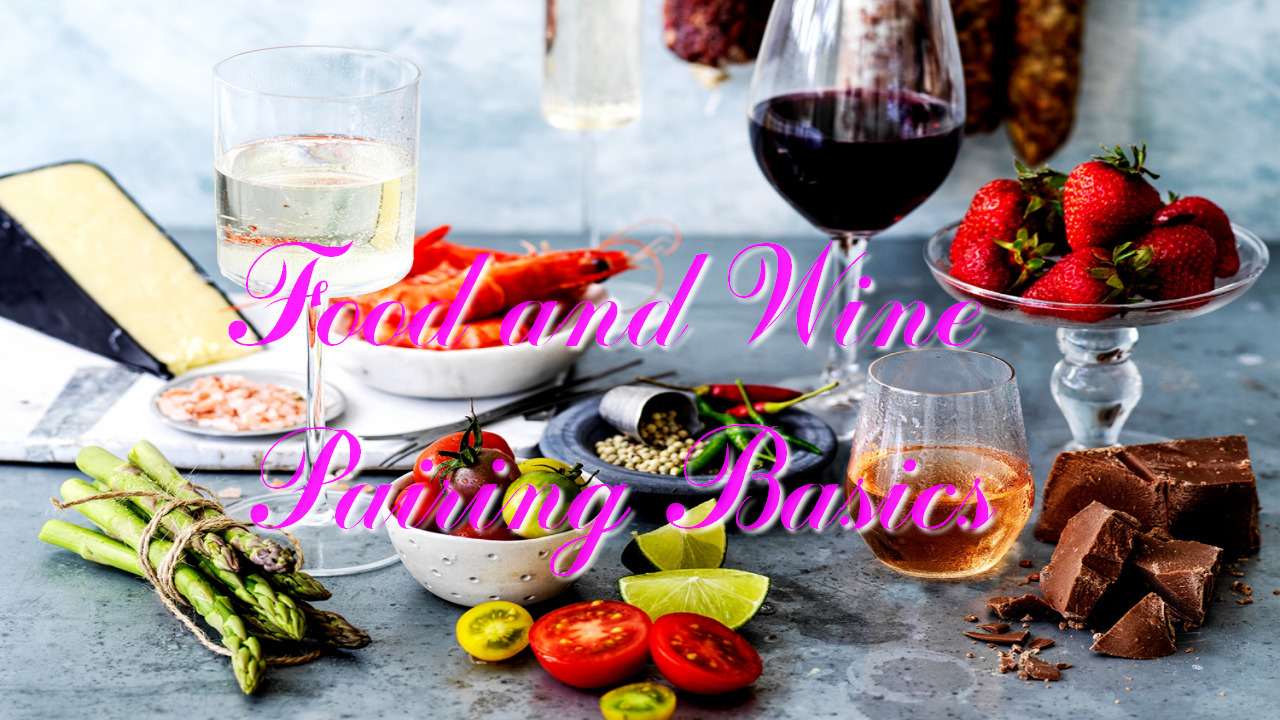In the world of culinary delights, few pleasures compare to the exquisite dance of flavors that occurs when a well-paired dish meets a perfectly matched wine. Food and wine pairing is an art that balances the tastes and textures of both elements to create a harmonious and delightful dining experience.
Understanding Flavor Interactions

At the heart of successful food and wine pairing lies an understanding of flavor interactions. The interplay of sweet, sour, salty, bitter, and umami notes in food must complement or contrast with the characteristics of the wine. The marriage of these elements can elevate a meal from ordinary to extraordinary.
Principles of Food and Wine Pairing
Pairing principles are built on the concept of balancing or contrasting key flavor components. Complementary pairing involves matching similar flavors, such as a rich, buttery Chardonnay with creamy pasta dishes. Contrasting pairing pairs opposing flavors, like a crisp Sauvignon Blanc with the saltiness of seafood. Enhancing pairing uses elements like acidity to elevate the flavors of both food and wine.
The Art of Almas Caviar Pairing
For those seeking the epitome of luxury, almas caviar takes center stage. The delicate, buttery pearls of this rare caviar evoke opulence with every bite. When selecting a wine to accompany almas caviar, opt for a crisp and mineral-driven Champagne or a high-quality vodka. These choices enhance the caviar’s delicate flavors without overwhelming them.
Complementary Pairing
In complementary pairing, the goal is harmony. Rich, fatty foods, like roasted meats, find balance when accompanied by wines with velvety textures and deep flavors. Think of how a luscious red wine can complement the hearty flavors of a well-marbled steak, creating a sumptuous experience for the palate.
Contrasting Pairing

Contrasting pairing introduces an exciting juxtaposition of flavors. Consider the way a zesty, citrusy wine cuts through the richness of fried foods, cleansing the palate with every sip. This dynamic interaction keeps the taste buds engaged, creating a memorable and refreshing dining sensation.
Enhancing Pairing
Enhancing pairing involves using one element to amplify the other. The bright acidity of a sparkling wine, for example, can enhance the tanginess of a vinaigrette-dressed salad. The effervescence cleanses the palate, preparing it for the next delectable bite.
Considerations for Specific Wines
Different wines have distinct characteristics that influence pairing choices. Red wines often complement heartier fare, while white wines are known for their versatility with lighter dishes. Rosé wines bring a touch of sophistication to picnics and seafood feasts alike.
Experimenting and Personal Preferences

While guidelines are invaluable, personal preferences play a significant role. Don’t hesitate to experiment and discover what tantalizes your taste buds. Your unique palate might uncover unexpected and delightful pairings that aren’t found in textbooks.
Conclusion
Food and wine pairing is a journey of exploration, where the boundaries of taste are pushed, and new dimensions of enjoyment are uncovered. Whether you’re savoring the simplicity of a casual meal or indulging in the extravagance of almas caviar, the art of pairing enhances every aspect of the dining experience. Remember, there are no hard rules—only guidelines that empower you to craft your culinary symphony.



